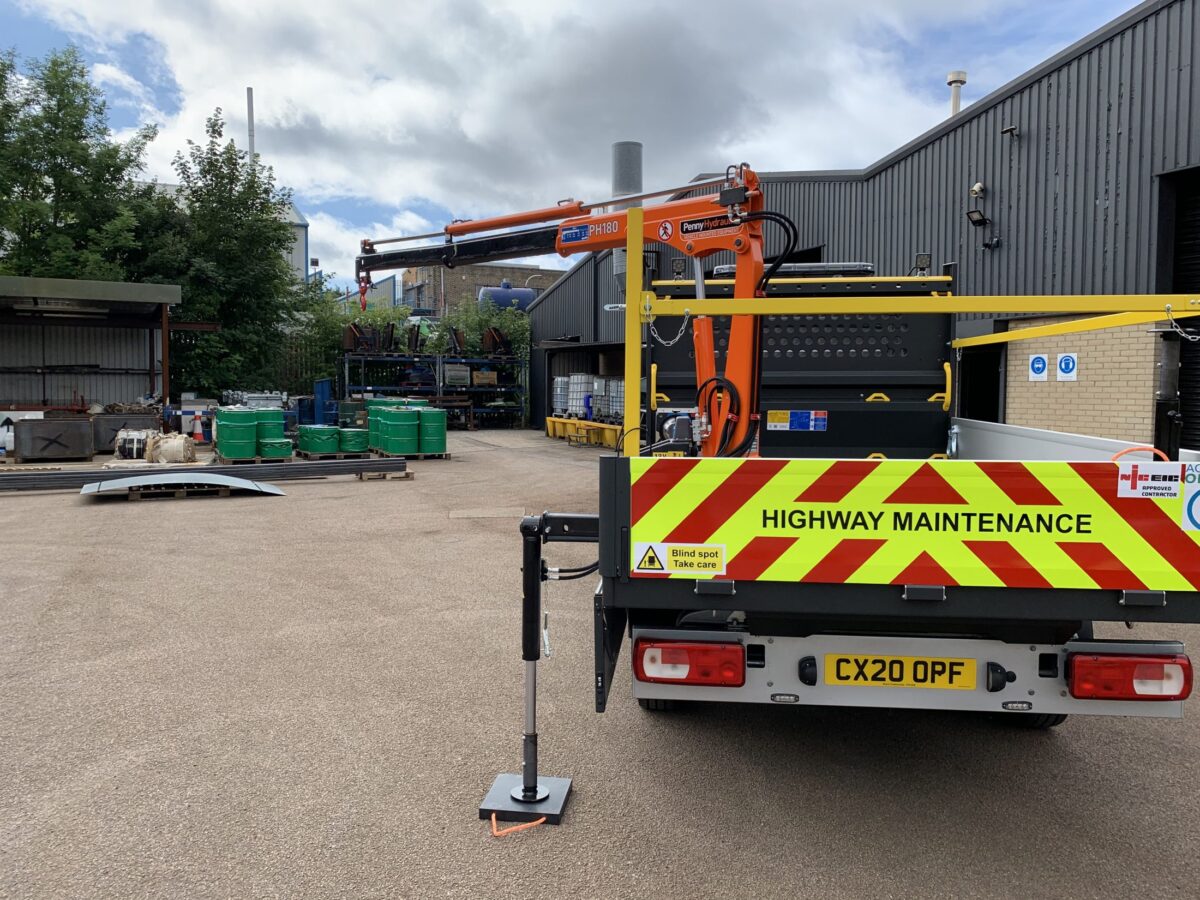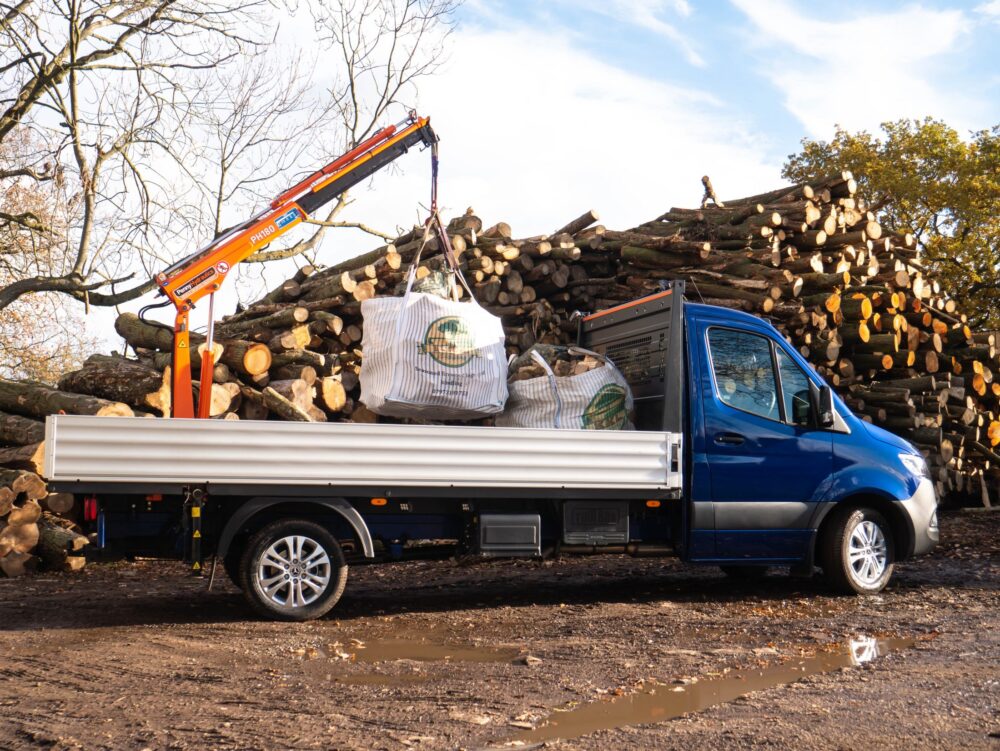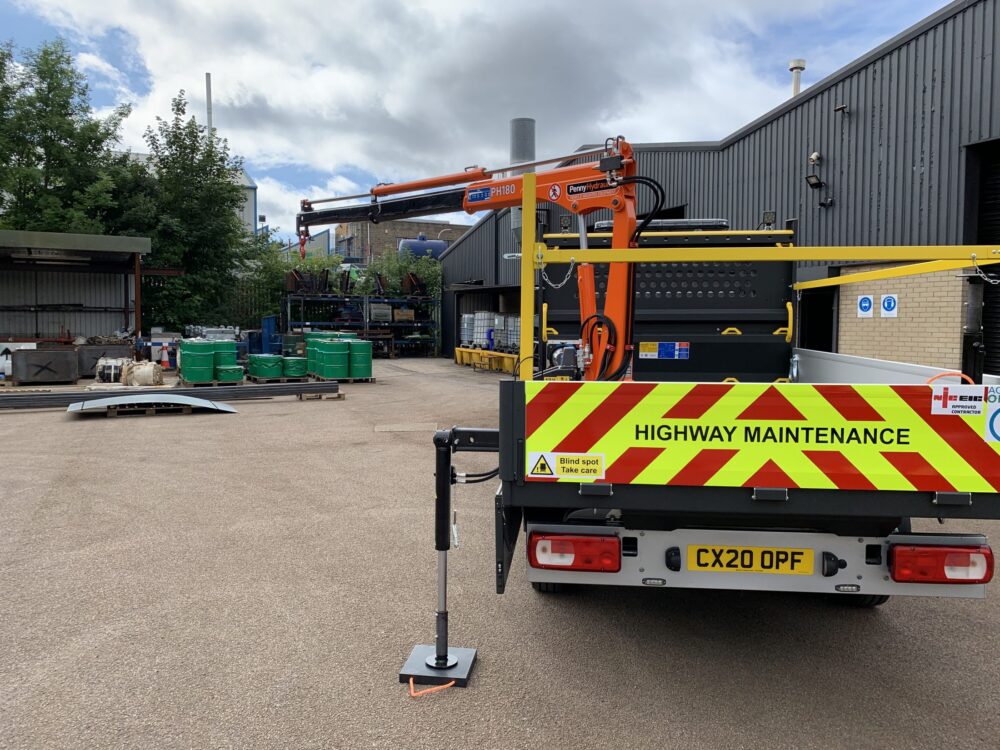As this is the first full revision of the Standard since EN12999:2011, there has been a wide range of changes to improve the content.
The new standard is more of an ‘evolution’, and unlike in 2011 (or from the end of 2009 when the Machinery Directive changed), there are no significant additional safety system requirements in this new update.
However, manufacturers and installers should adopt the new Standard as soon as practicable.
One of the key changes is that of so-called “D” “De-rated Cranes” by label only.
The Clause did state: “For loader cranes with a rated capacity of less than 1000 kg and a maximum net lifting moment of less than 40,000 Nm the relief valves in accordance with 5.6.2.2 and 5.6.2.3 shall provide overload protection when a rated capacity limiter is not provided. The provision of a clearly marked pressure gauge showing the approach to the rated capacity, visible from the operator’s station, will fulfil the function of a rated capacity indicator for these cranes.”
The issue was, some loader cranes with a stated maximum working load of under 1000kg on the rated capacity plate are capable of lifting in excess of 1000 kg. I.e., they have only been ‘de-rated’ on the rated capacity plate itself, thus qualifying for the additional exceptions permitted in the Standard. This means that they may not provide an accurate display of ‘approach to overload’ to the Operator in compliance with this Clause, who may therefore intentionally or unintentionally lift loads in excess of the maximum working load specified by the manufacturer.
This has now been revised to state:-
- 5.6.1.2: It has been clarified that loader cranes with a rated capacity of less than 1000kg and a maximum net lifting moment of less than 40,000Nm, and timber handling cranes shall provide overload protection where a rated capacity limiter is not provided, which shall be limited by the relief valve once the maximum working load is reached.
- 5.6.1.9: For cranes with a rated capacity of 1000kg or higher or a maximum net lifting moment of 40,000Nm or above, if equipped with different combinations of counterweight at the rear of the column, shall be included in the system of the rated capacity limiter.



